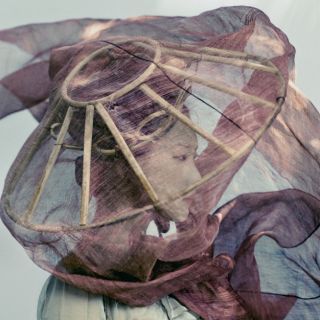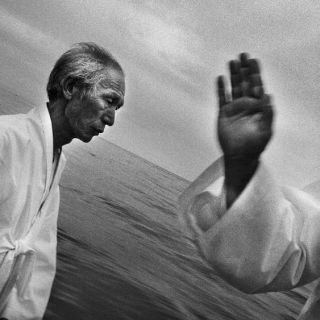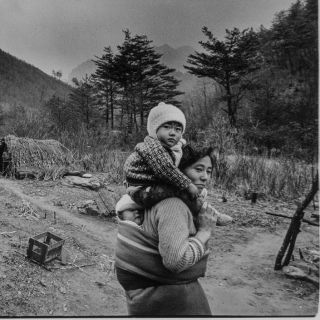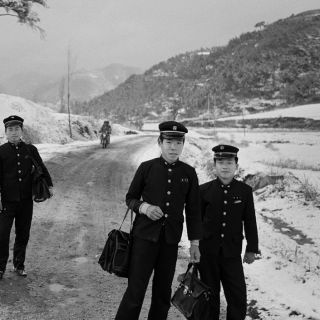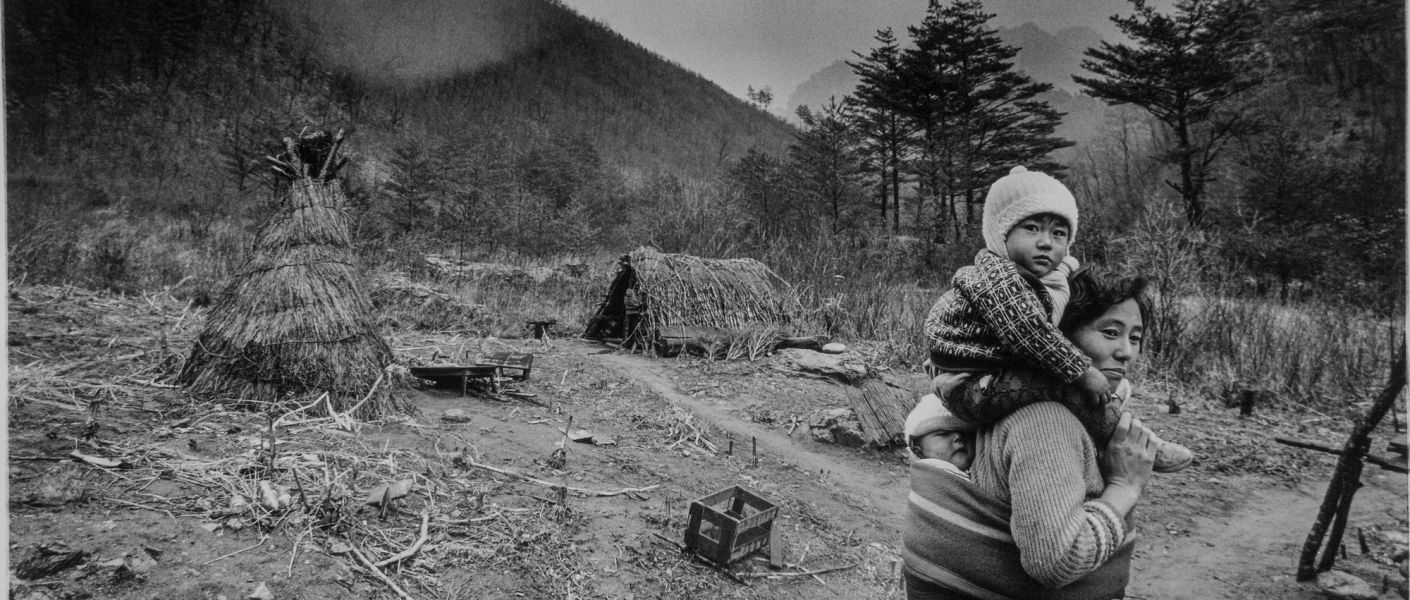IMAGING KOREA ǀ Beyond the People, Land and Time
„Photography captures the present but it will soon be the past.
[…] Photos contribute to things changed, to a vanishing world.”
Kang Woongu
The first Eastern European country to establish diplomatic relations with Korea, Hungary shares so much with Korean that it’s called ‘The East Asia of Europe’. The most impressive thing is that, as in Korea, they hang and dry chili peppers and garlic, essential ingredients in Korean cooking. Although the chili pepper is called paprika in Hungary, the sight of if surely reminds me of an autumn day typical of Korea. Hungary located in the east of Europe and Korea located in the east of Asia. It’s not a mere coincidence but a fortuitous meeting that these two countries, which light up the east end of their respective continents, are now taking the first steps together in the exhibit entitled which will tour six countries starting from the ‘Pearl of Danube’ Budapest, Hungary and continuing to Germany, Poland, Belgium, Kazakhstan, and Spain.
There is a saying that goes ‘Meeting one good person in a good place is like catching a star in the sky’. The meeting between KIM Jaehwan, Director of Korean Cultural Center in Budapest, Hungary and KWON Taegyun, a self-proclaimed nomad and photographer of very Korean sensibility was just such a meeting. They had the idea to present Korea to Europe using the attractive medium of documentary photography. In 2014, KWON Taegyun suggested earnestly that I bring to concept such an exhibition. However, at 60 years of age he passed from acute heart failure and the plans lay in a drawer quietly. Nevertheless, the idea wasn’t meant to be forgotten that easily. Director KIM Jaewhan, meeting with Korea’s eminent photographer KANG Woongu, again brought up the idea of a documentary photography exhibit and plans were drawn up by mid-2015. The exhibit plan was revitalized with the ambition to share with the people of Europe the works of KWON Taegyun, high-quality Korean photography, and images imbued with Korean sensibility. It all started with the seven representative Korean photographers KANG Woongu, KWON Taegyun, KIM Jungman, PARK Jongwoo, LEE Gapchul, CHO Daeyeon, and SEO Heunkang telling the story of Korea in .
Documentary photography is the aesthetic way of recording a moment for all time. presents works at the pinnacle of this ‘aesthetic of recording’ which has never been and may never again be shown to the world. This exhibit, presenting in one place 125 photographs of beautiful strength in documentation and artistry by seven photographers of distinct perspectives, readily expresses their lives lived within Korean tradition, culture, nature, and time. The time when Korean culture and tradition, based in agriculture, was at its height. The times when such culture gradually retreated. The people who had lived and are living in such times. In palaces, in temples, in historic sites, in the demilitarized zone and its reality of national division, and in everyday places, photographers represent powerful Beyond the People, Land and Time> is the lyrical language of images spanning Korea’s past, its roots, and its present which are both memories we would long for and which the world can relate to. The works of this exhibition were selected from the most representative works of seven photographers who have labored extensively to complete this project. Though only excerpts from assorted exhibitions, these images collectively form a broad spectrum and represent a polished exhibition showing a different side to Korea.
The works of KANG Woogu are the selection from ‘Luck or Destiny’. When the winds of industrialization started to blow in Korea in 1970, KANG Woongu captured the day-to-day life in Korea’s countryside. Photos taken of the present which have since become the past, KANG’s photos capturing even the shining aura of daily life share with the world the Korean sensibilities of a bygone era. A self-proclaimed nomad, KWON Taegyun wandered the corners of Korea in the 1980s and encapsulated within his neat frame the lives and spirit of our parents, siblings, and friends in the spaces of their lives. LEE Gapchul takes the sources of the inner lives of Korean and depicts them in grainy textures, tilted frames, and scattered focus with a spontaneous unconscious apart from rationality. KIM Jungman rediscovers the beauty of Korea, a mysterious land flowing continuously with rich tradition and the colors of four seasons over its 5,000 years of history. PARK Jongwoo gives a reportage, even in the world’s only divided country of Korea, of the reality and landscape faced at the demilitarized zone cleaving the waist of the Korean peninsula. CHO Daeyeon looks at the prolonged breathing of the monks who reside in the temples in the southern regions where Buddhism first spread into Korea and expresses his accumulated impressions on Buddhism. SEO Heunkang finds his photographic subjects in the palaces, royal tombs, and historic sites, things most imbued with the traces of Korean history. He expresses as his own the visual elements under the best times and lighting which best reveal the shapes of graceful yet powerful color.
This exhibit is all the more precious and valuable for containing images of Korea that European observers are seeing for the first time, armed with the vestiges, deep lyricism, and intensity of the people, land, and time of Korea as permeated over the ages and captured from the 1970s to the present by these seven photographers of different artistic bent. Embedded with history, embedded with culture, embedded with people, this exhibit contemplates Korean traditions, culture, and change over time and presents the images of Korea, sometimes powerfully, sometimes warmly. Hungary, Germany, Poland, Belgium, Kazakhstan, Spain, and Korea, seven countries with varying cultures through will witness the images and sensibilities of Korea in a cultural exchange and thus form a special connection as if ‘catching a star from the sky’.
Gallery
